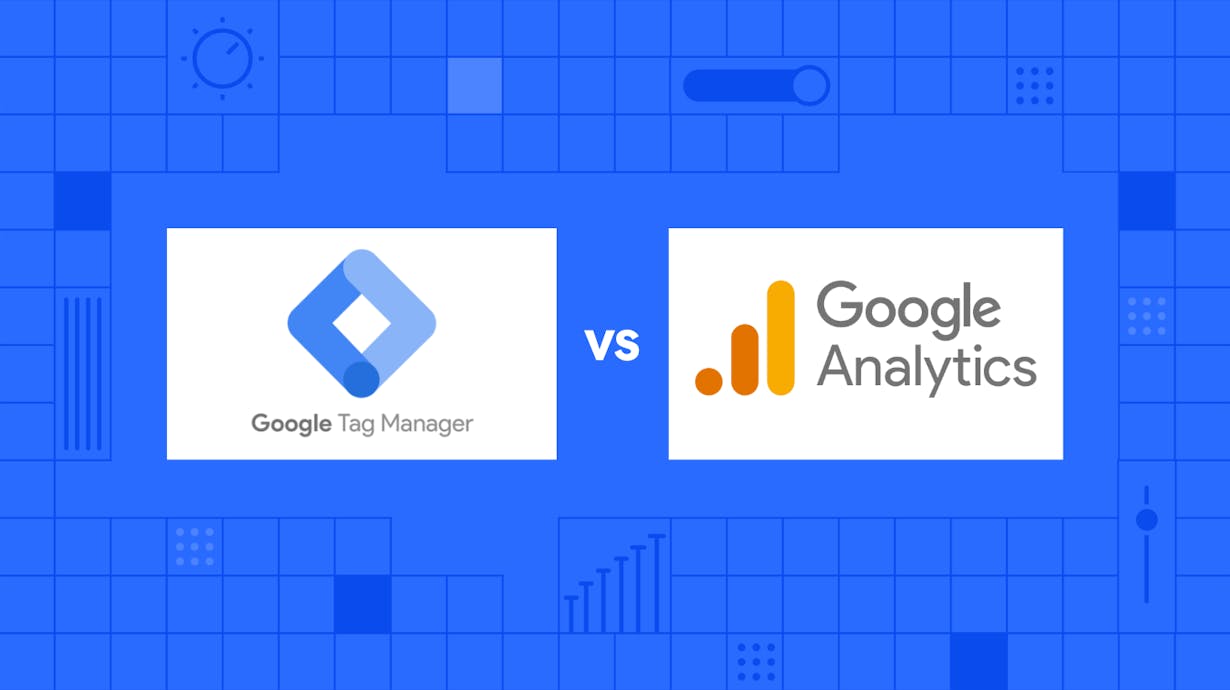Insider's Guide: What Is Not Considered a Source in Google Analytics by Default
Taking Advantage Of the Complete Prospective of Google Analytics for Organization Development
In the world of electronic organization strategies, Google Analytics stands as a stalwart tool for organizations seeking to browse the intricacies of on the internet data. As services strive to make enlightened decisions and maximize their on the internet existence, the inquiry develops: Just how can one absolutely unlock the full potential of Google Analytics to drive company growth and attain tactical goals?
Setting up Google Analytics Account
Establishing your Google Analytics account is a necessary initial action in effectively tracking and analyzing data for your organization growth. To start, see the Google Analytics site and check in with your Google account. Next off, click "Start totally free" and follow the prompts to establish your account by giving details regarding your web site, such as the name, LINK, industry category, and reporting time area.
After finishing these actions, you will certainly obtain a tracking ID, which is a special code that you need to include to your site. This code permits Google Analytics to gather data and create records based on the task happening on your site. You can add this monitoring ID manually to your web site's HTML code or make use of a plugin if you are making use of a system like WordPress.

Recognizing Trick Metrics

Website Traffic Resources: Recognizing where your web site web traffic is coming from (straight, organic search, social networks, referrals) helps in tailoring your advertising and marketing approaches to concentrate on channels that drive one of the most visitors.
Bounce Rate: This statistics indicates the percent of visitors who browse far from your site after watching just one page - What Is Not Considered A Source In Google Analytics By Default. A high bounce rate might signal issues with website use or content relevance
Conversion Price: Tracking the percentage of visitors that complete a preferred activity, such as making an acquisition or signing up for an e-newsletter, is essential for examining the performance of your web site in attaining business objectives.
Pageviews: Checking the variety of times each web page on your website is watched supplies insights into preferred web content and individual engagement degrees.
Executing Customized Tracking
To improve the deepness of insights collected from Google Analytics, services can benefit dramatically by integrating custom monitoring approaches customized to their specific goals. Custom tracking permits companies to track one-of-a-kind data points that are not recorded by default in Google Analytics. By carrying out custom-made tracking, companies can get an extra thorough understanding of individual actions, conversion patterns, and other crucial metrics that are crucial for making informed service choices.
One common method of personalized tracking is establishing up occasion monitoring to check certain user interactions on a web site, such as clicks on buttons, video sights, or downloads. This makes it possible for companies to review the effectiveness of their website elements and marketing projects much more precisely.
In addition, organizations can produce personalized dimensions and metrics to track and assess information that specifies to their market or organization design. read the article For instance, an ecommerce business might establish customized tracking to monitor the performance of different item categories or consumer segments.
Assessing Conversion Paths
By leveraging the understandings obtained from personalized monitoring approaches, businesses can currently concentrate on assessing conversion paths to more refine their understanding of individual behavior and optimize their conversion techniques. Evaluating conversion paths involves checking out the series of actions users take previously finishing a preferred activity, such as making a purchase or authorizing up for a solution. By delving right into the conversion courses within Google Analytics, businesses can identify usual courses that cause conversions, along with any bottlenecks or drop-off points that might prevent the conversion procedure.
With the analysis of conversion courses, services can get useful understandings right into the effectiveness of their site design, content, and phones call to activity. This information can aid organizations make informed decisions concerning where to assign resources for optimal impact on conversion rates. By comprehending the different courses individuals take on their journey to conversion, services can tailor their advertising methods to better guide individuals through the conversion channel and ultimately improve their total conversion prices.
Utilizing Advanced Attributes
Harness the full potential of Google Analytics by discovering its innovative attributes to improve your company's data-driven decision-making abilities. One innovative feature worth using is custom-made reporting. Personalized reports enable you to tailor the information her response presented to fulfill your certain business requirements and goals. By creating custom reports, you can concentrate on the metrics that matter most to your company, gaining much deeper understandings into individual actions, conversions, and other key efficiency signs.

In addition, advanced segmentation allows you examine different subsets of your site's traffic to identify possibilities, patterns, and patterns. By segmenting your target market based upon various standards like demographics, behavior, or website traffic resources, you can much better understand their choices and tailor your advertising and marketing strategies accordingly. Leveraging these innovative attributes in Google Analytics can supply beneficial understandings that drive informed decision-making and inevitably add to your business's growth.
Conclusion
Finally, harnessing the complete potential of Google Analytics for service growth includes establishing an account, recognizing essential metrics, implementing custom monitoring, analyzing conversion paths, and making use of advanced functions. By making use of these strategies efficiently, organizations can gain important understandings right into their website performance, individual habits, and conversion prices. This data-driven approach look here can help companies make notified choices, maximize their online presence, and ultimately accomplish sustainable growth.
As services make every effort to make enlightened choices and optimize their on the internet existence, the concern develops: How can one absolutely open the full possibility of Google Analytics to thrust business growth and achieve strategic goals?To boost the depth of insights gathered from Google Analytics, businesses can benefit considerably by incorporating customized tracking methods customized to their details purposes. Custom-made monitoring enables companies to track distinct data factors that are not caught by default in Google Analytics. By delving into the conversion courses within Google Analytics, organizations can recognize typical routes that lead to conversions, as well as any bottlenecks or drop-off points that may prevent the conversion procedure.
In conclusion, utilizing the full potential of Google Analytics for company growth includes setting up an account, understanding key metrics, implementing custom monitoring, assessing conversion courses, and using advanced features.